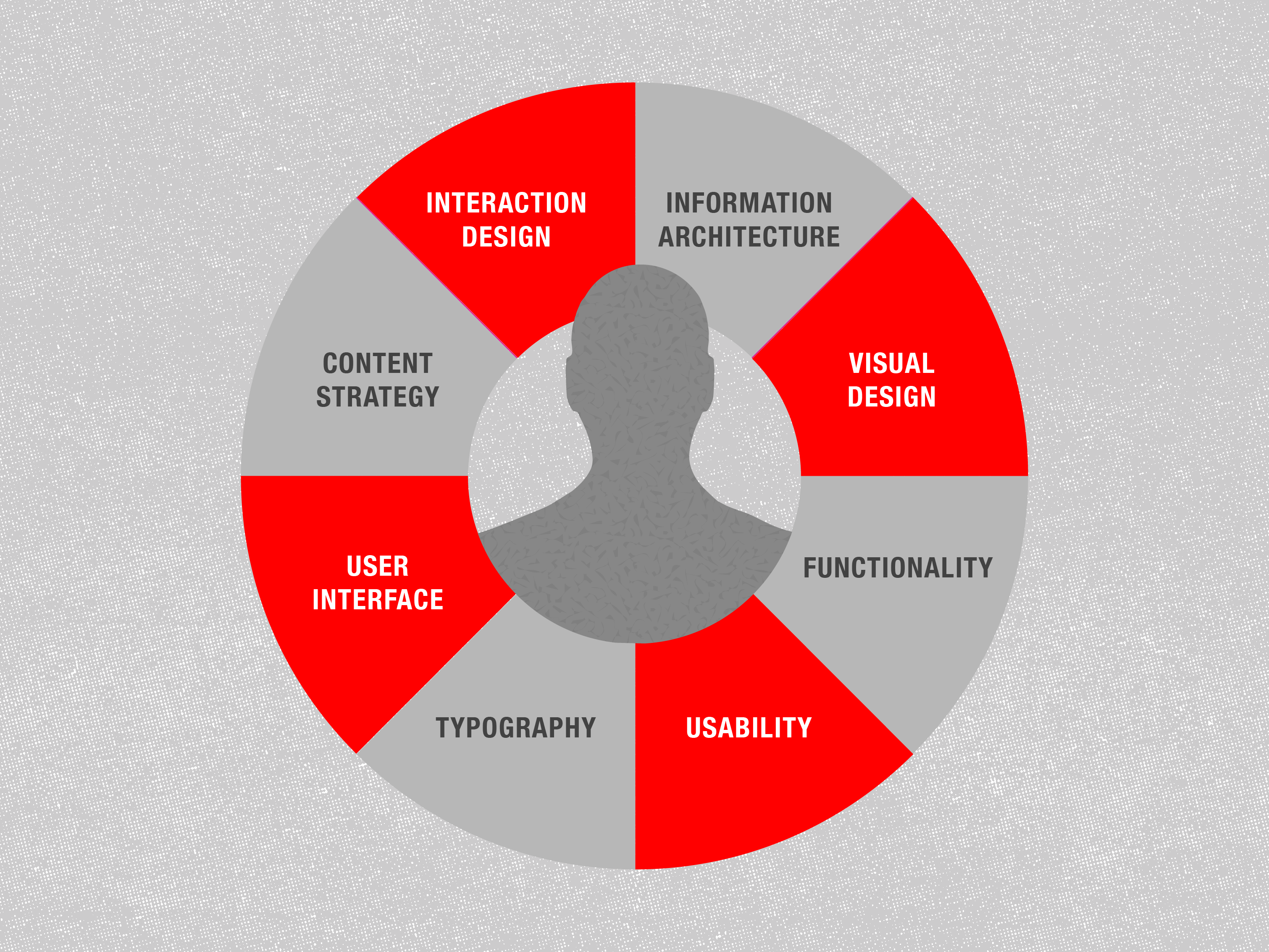Before having a testing culture, you must first have a listening culture.
Users’ expectations change frequently enough that no new website can remain static —it must be growing, adjusting to and following the interactive needs and wants of its users.
User experience (UX) tools help teams gain insight into what the target desires allows you to grow and change along with your audience. Doing so not only helps you retain your current user base, but also creates a user experience that feels familiar and fluid to any new visitors on the site as well.
Tools like heat map tracking, usability testing and Google Analytics uncover key audience behaviors, such as where visitors are clicking, how far they are scrolling and their overall flow through a web page. These behavioral understandings are all essential to making strategic changes to a site to ensure the user experience is as smooth as possible.
All in all, testing is key to uncovering ways to open insights that help deliver on business goals.
Here are 5 UX tools to help you develop a framework for constant user feedback:
1) Qualaroo: An easy way to obtain customer information, uncover user objectives and improve overall conversion rates by asking the right visitors the right question at the right time on any page of your website to garner meaningful real-time feedback.
2) Usabilityhub: From Five Second Tests that measure the clarity of your design as it relates to what people recall after five seconds of viewing to Click Tests, which help you measure how effective your designs are at letting users accomplish an intended task, this service offers a variety of user tests to help you identify user pain points.
3) CrazyEgg: Heat maps can show where visitors are clicking and interacting with your site. They can nicely round out data from Google Analytics and/or other digital analytics platforms to determine why users are interacting with the site and where there could be improvement. Is the real estate of homepage marquee a sparsely clicked area? Is the main call to action prominent? Are you sure the buttons look clickable? CrazyEgg is an affordable and easy to install version of heat map tracking and scroll depth analyses, allowing teams to quickly measure user interactions and make better informed decisions.
4) Hotjar: Offering A/B testing, heat map tracking, surveys and feedback, conversion optimization and activity monitoring, Hotjar is more expensive than CrazyEgg, but it comes with more features to boot like visitor recordings and form analytics.
5) Userlytics: Providing you with video footage (with audio) of your target audience using your website across mobile, tablet and desktop devices, unmoderated user testing platforms get you quick results. This allows you to go beyond quantitative feedback to identify and hear user pain points and the reasons for their behaviors.
Once you develop a culture of listening to bolster your web discovery process, you can use the same UX tools to test out ideas, creating A/B testing variations to find out what will work even better and continuously improving your website along the way.
